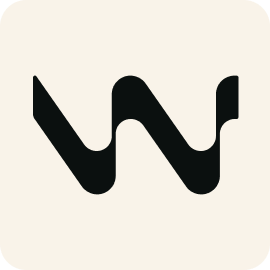

Windsurf Editor combines an AI pair programmer with a fast IDE so teams ship code confidently. Agents plan changes across files, apply edits, and explain reasoning with references to the project. Chat understands repo context, terminals, and tests, turning vague tickets into concrete steps. With safeguards, reviews, and integrations, organizations adopt AI coding without losing control over architecture, security, or long term maintainability in production. Agents reference code, tests, and docs to keep changes consistent across repos.
Ask for features or fixes in plain language. The assistant reads symbols, configs, and docs to outline steps, propose diffs, and highlight risks. Plans reference code paths and tests so intent stays grounded. By converting requests into actionable sequences, teams avoid swirl and get a clear map for edits, reviews, and validation before touching the main branch for releases. Context windows include symbols, diffs, traces, and logs for grounded edits.
Apply consistent changes across modules, routes, and services. Rename symbols, migrate APIs, and update imports with safety checks. Suggested diffs show rationale. Large updates keep style and constraints intact, reducing broken builds. Developers stay in control while AI handles repetitive edits that would normally take hours across noisy, interdependent codebases. Policies gate risky actions and ask for human review before running migrations.
Generate or update tests alongside code. Run checks, capture traces, and surface failing assertions directly in chat. The loop makes defects visible and speeds learning about brittle areas. With tests close to the change, regressions drop and reviewers trust outcomes more. Automation covers scaffolding while engineers focus on behavior and edge cases that matter. Profiles store style rules and import patterns to match existing architecture.
Guardrails limit file scopes, secrets, and commands. High impact actions ask for approval. Policies encode architectural rules, banned imports, and dependency constraints. These layers keep assistance aligned with standards, ensuring that velocity does not erode reliability, safety, or compliance as teams roll features forward and maintain older services alongside new ones. Telemetry helps tune prompts while respecting privacy and local settings here.
Connect issue trackers, CI, and code hosts. Draft PRs with descriptions and checklists. Link tasks to commits and tests. Telemetry reveals friction and suggests prompt tweaks without exposing source. With integrations in place, the workflow feels familiar and predictable, turning AI support into a steady part of daily development rather than a novelty or separate tool. Offline tooling continues to work when network access is limited temporarily.


Backend, frontend, data, and platform engineers; teams modernizing services; shops adopting AI pair programming with reviews; leaders who need consistency across repos; and contributors seeking grounded suggestions, safe multi file refactors, testing help, and CI aware PRs that keep shipping predictable while protecting architecture and security guardrails across environments. Shortcuts trigger refactors, doc updates, and test generation with steady flow.
Unscoped code assistants can drift, propose risky edits, or ignore tests. Windsurf Editor grounds suggestions in repo context, plans work, updates tests, and respects policies. Developers keep control, reduce repetitive changes, and ship cleaner diffs. The outcome is sustained velocity with fewer regressions and a workflow that scales across services, teams, and long lived code. Integrations connect CI, issue trackers, and code hosts for predictable ops.
Visit their website to learn more about our product.


Grammarly is an AI-powered writing assistant that helps improve grammar, spelling, punctuation, and style in text.

Notion is an all-in-one workspace and AI-powered note-taking app that helps users create, manage, and collaborate on various types of content.
0 Opinions & Reviews